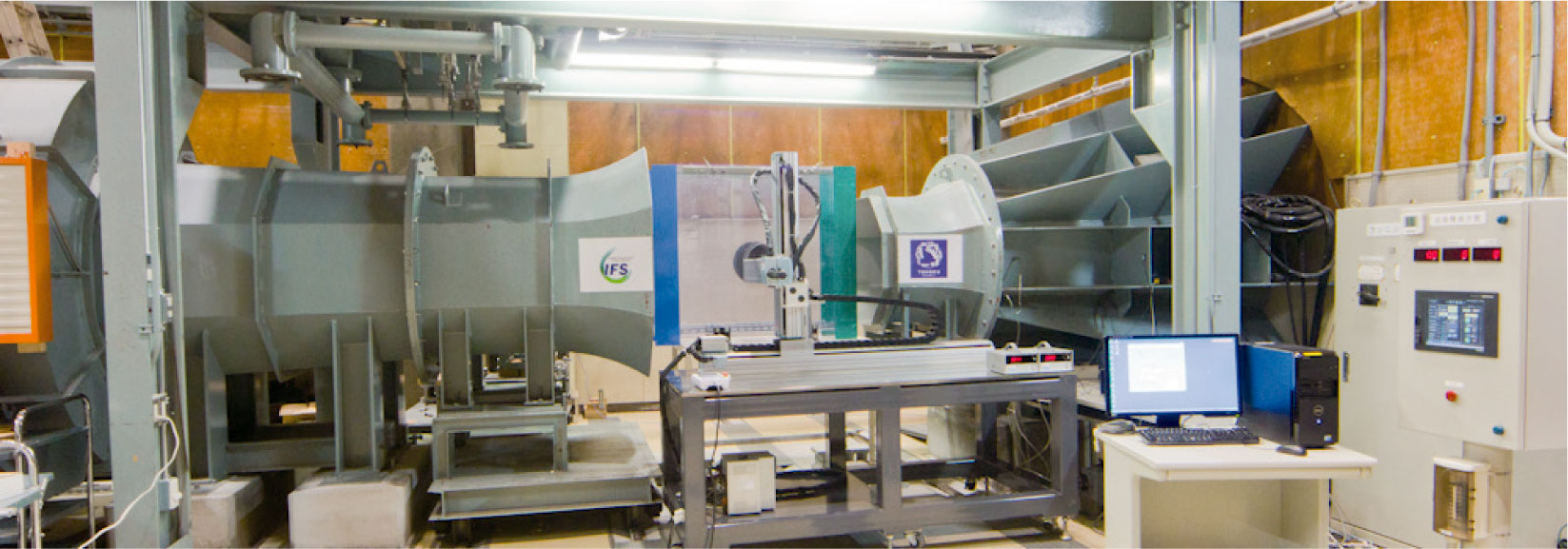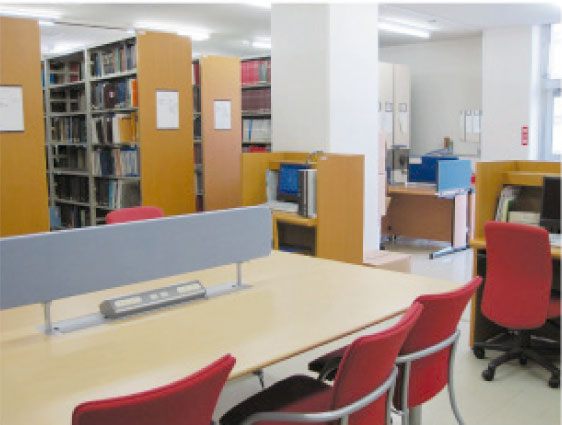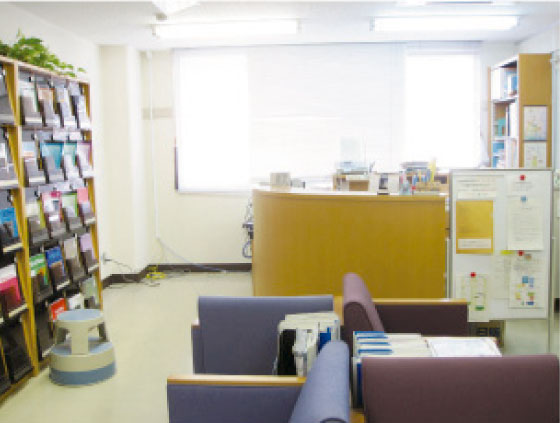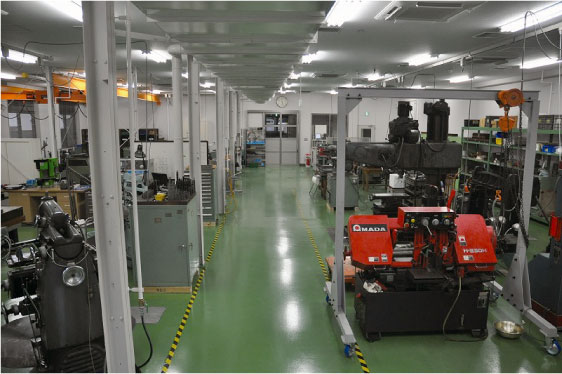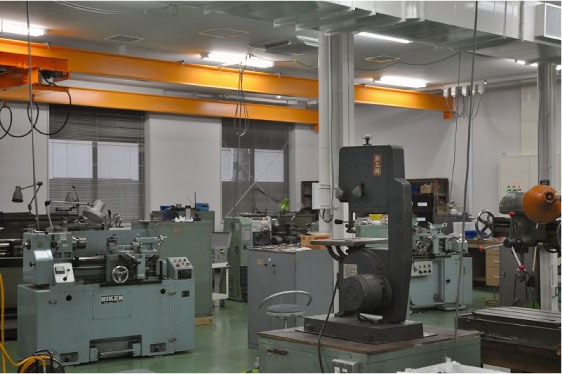Common Facilities
Common Facilities
Low Turbulence Wind Tunnel Facility
The Low Turbulence Wind Tunnel facility consists of three wind tunnels named the low-turbulence wind tunnel, small low-turbulence wind tunnel, and low noise wind tunnel. The main wind tunnel, low-turbulence wind tunnel is a closed return type wind tunnel that was constructed to contribute to fundamental fluid physics and applied physics in 1975. It is designed to satisfy the low turbulence intensity, low noise, and high velocity uniformity. The closed test section is an octagonal cross section, which width of the opposite side is 1m and a maximum free stream velocity is 70m/s. On the other hand, the open test section is an octagonal cross section, which width of the opposite side is 0.8m and maximum free stream velocity is 80m/s. The turbulent intensity of both test sections is low enough to investigate the fundamental research, especially the turbulent intensity of the closed test section, lower than 0.02% of the free stream velocity, is extremely low in the world. It has been contributed to the fundamental research such as the turbulent transition of the boundary layer and/or to the product development for the industry.
Shock Wave Research Facilities
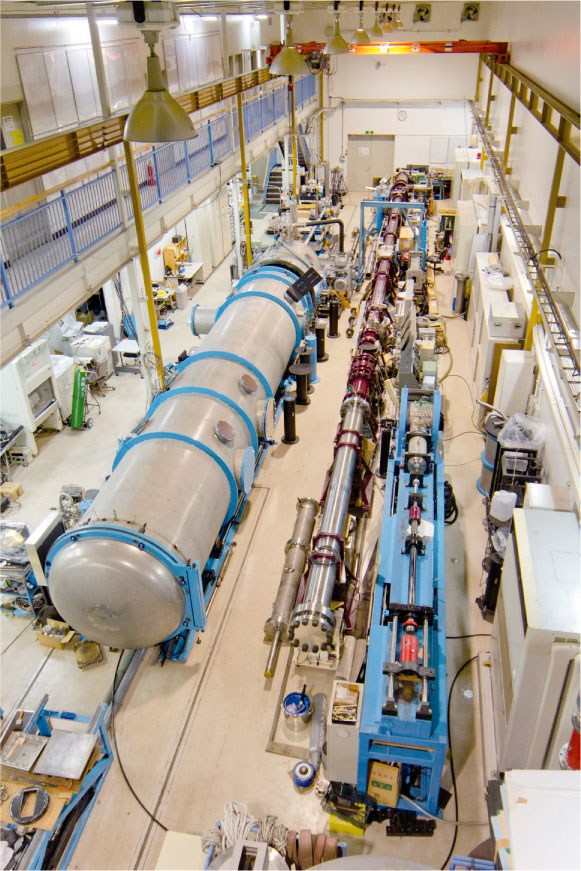
- The Shock Wave Research facility consists of a ballistic range and a large shock tube. The ballistic range is the apparatus which can launch the projectile at a wide speed range from subsonic speed, 200m/s, to hypersonic speed, 6km/s, established in 2002. It is a huge apparatus which consists of a launch section, an accelerating tube and a test chamber. Its total length is about 19 m. Three types of operating mode, single-stage light gas gun, single-stage powder gun, two-stage light gas gun, allowed such a wide range of the flying speed. The high-speed optical visualization such as free flight of the projectile or high velocity impact of the projectile to a solid material is allowed by three pairs of large windows built on the test chamber. A high-speed free flight experiment in stationary gas, a high-speed water entry experiment, a high velocity impact experiment to a solid material are possible and, using this device, can perform aerospace, materials development, the basics in various science, engineering fields including the field of earth physics and an application experiment.
Library
This library has an extensive collection of books and journals that are essential for research on fiuid engineering and science. Furthermore, it participates in the Tohoku University Library Information Net-work System(T-lines) and maintains a critical data bank on fiuid fiow related literature.
Workshop
The Institute of Fluid Science Workshop was established at the same time as the Institute of High-Speed Mechanics, wich was the forerunner of the present Institute of Fluid Science. Since its establishment, this workshop has designed and fabricated experimental equi ment and test specimens not only for basic research in fluid science, but also for research and experiments on fiuid flow phenomena in other fields, such as energy, aerospace, life sciences, and nano-micro technology. This workshop provides essential support to the research activities of the Institute, and one scientist using experimental equi pment fabricated here has gone on to be named a Person of Cultural Merit by the Japanese government.
IFS Exhibition Space
-

Exhibition Space in Building 1

Exhibition Space in Building 1
-

Exhibition Room in Building 2
-

Exhibition Room in Building 2
-
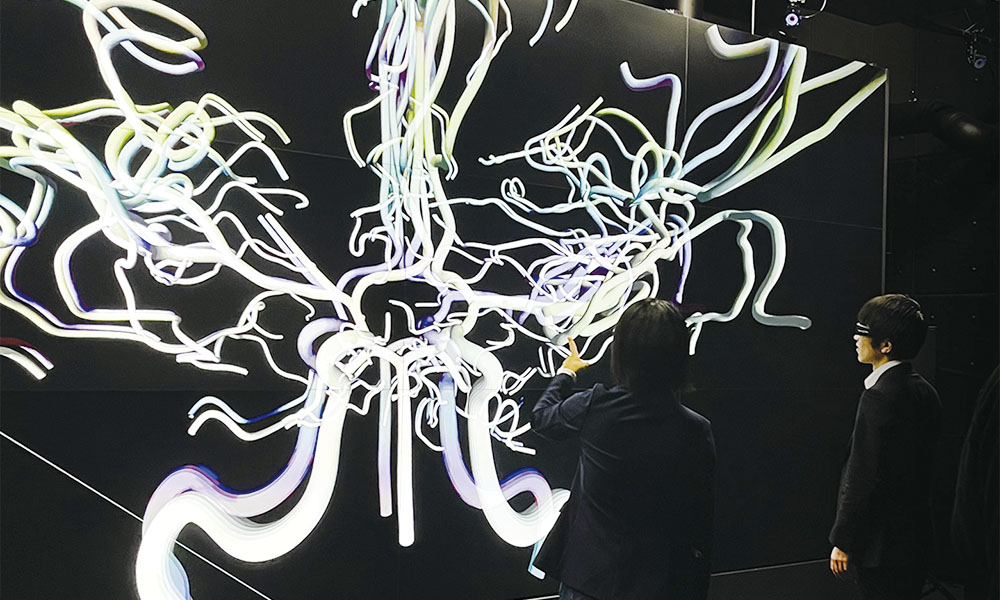
Realization Work Space
-
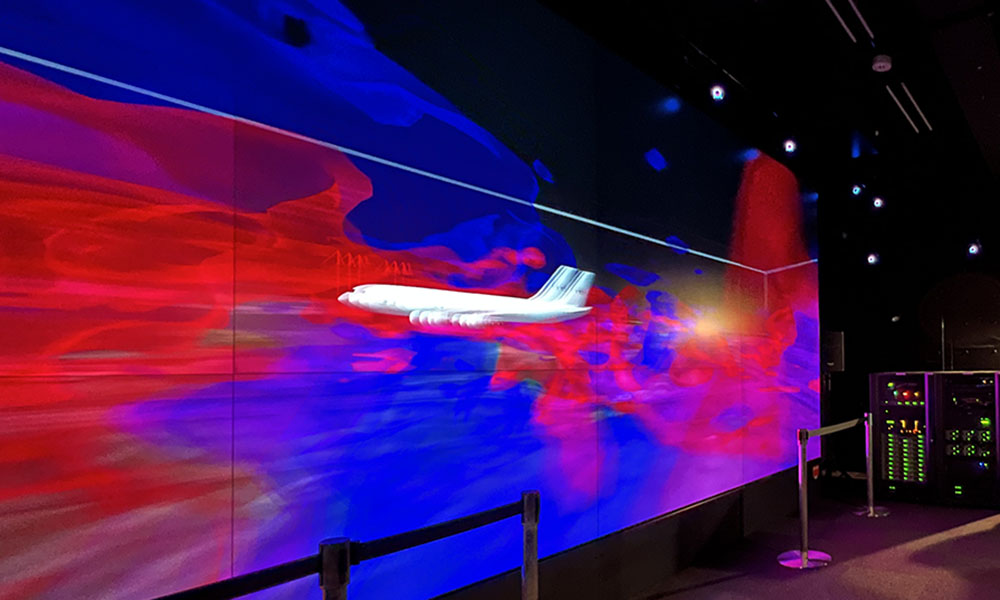
Realization Work Space

